Filter by

Cyborg Mind
Should people hardwire computers into their brains, enabling their minds to directly access cyberspace? What advantages and risks would this represent? Would this create a new humanity? These questions have been considered and discussed in science fiction for decades, but technology is beginning to make such developments seem remarkably plausible. This book examines what is currently taking pla…
- Edition
- -
- ISBN/ISSN
- 9781789200140
- Collation
- vii, 251 p
- Series Title
- -
- Call Number
- 612. 80285 CAL c

Inhuman Nature
Gathering into lively conversation scholars in medieval, early modern and object studies, Inhuman Nature explores the activity of the things, forces, and relations that enable, sustain and operate indifferently to us. Enamored by fictions of environmental sovereignty, we too often imagine “human” to be a solitary category of being. This collection of essays maps the heterogeneous and asymme…
- Edition
- 1
- ISBN/ISSN
- 9780692299302
- Collation
- i, 166 p
- Series Title
- -
- Call Number
- 304.2 COH
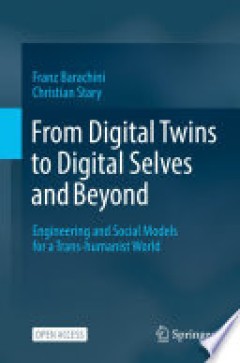
From Digital Twins to Digital Selves and Beyond Engineering and Social Model…
This open access book aims at deepening the understanding of the relation between cyber-physical systems (CPSs) as socio-technical systems and their digital representations with intertwined artificial intelligence (AI). The authors describe why it is crucial for digital selves to be able to develop emotional behavior and why a humanity-inspired AI is necessary so that humans and humanoids can c…
- Edition
- -
- ISBN/ISSN
- 9783030964122
- Collation
- XVIII, 127 p ; ill
- Series Title
- -
- Call Number
- 006.301 FRO F
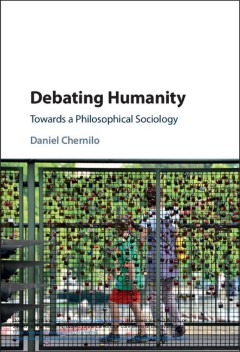
Debating humanity : towards a philosophical sociology
Debating Humanity explores sociological and philosophical efforts to delineate key features of humanity that identify us as members of the human species. After challenging the normative contradictions of contemporary posthumanism, this book goes back to the foundational debate on humanism between Jean-Paul Sartre and Martin Heidegger in the 1940s and then re-assesses the implicit and explicit a…
- Edition
- -
- ISBN/ISSN
- 9781316416303
- Collation
- vii, 262p. : ill.
- Series Title
- -
- Call Number
- 128 CHE d
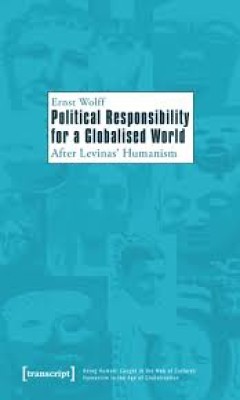
Political responsibility for a globalised world: after levinas' humanism
The aim of this book is to reflect on the complex practice of responsibility within the context of a globalised world and contemporary means of action. Levinas' exploration of the ethical serves as point of entry and is shown to be seeking inter-cultural political relevance through engagement with the issues of postcoloniality and humanism. Yet, Levinas fails to realise the ethical implications…
- Edition
- -
- ISBN/ISSN
- 9783839416945
- Collation
- 283 p.
- Series Title
- -
- Call Number
- 320.01 WOL p
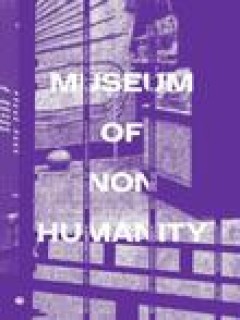
Museum of nonhumanity
Museum of Nonhumanity is the catalogue for a full-size touring museum that presents the history of the distinction between humans and animals, and the way that this artificial boundary has been used to oppress human and nonhuman beings over long historical periods. Throughout history, declaring a group to be nonhuman or subhuman has been an effective tool for justifying slavery, oppression, med…
- Edition
- 1st edition.
- ISBN/ISSN
- 9781950192120
- Collation
- 281p.:
- Series Title
- -
- Call Number
- B105.A55 GUS m
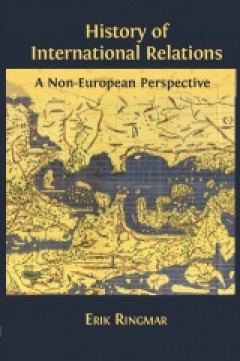
History of international relations: a non-European perspective
Existing textbooks on international relations treat history in a cursory fashion and perpetuate a Euro-centric perspective. This textbook pioneers a new approach by historicizing the material traditionally taught in International Relations courses, and by explicitly focusing on non-European cases, debates and issues.The volume is divided into three parts. The first part focuses on the internati…
- Edition
- -
- ISBN/ISSN
- 9781783740222
- Collation
- 218 p.; 22 cm.
- Series Title
- -
- Call Number
- 327.09 RIN h
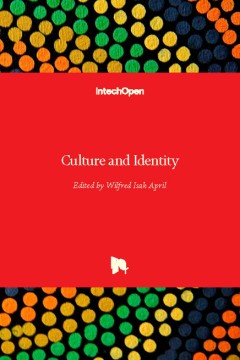
Culture and identity
This book is a wonderful celebration of culture and identity, especially from the cultural lens of the various authors' nation of origin. Culture is viewed as a collective programming of the mind and is at times compared to an onion?the more you peel off the layers, the more you get to learn about the values, beliefs, and norms of the respective societies. As complex as the onion diagram is, an…
- Edition
- -
- ISBN/ISSN
- 9781838813154
- Collation
- 122 p.; 23 cm.
- Series Title
- -
- Call Number
- 144.2116 CUL c

Crisis management - theory and practice
Crisis management is an interdisciplinary subject field represented by theoretical problems, practical activity, people management and the art of crisis situation solving. Overall, the studies that this publication contains are to provide an overview of the state of the art mainly focused on crisis management cycle represented by certain phases and steps. Topics include also lessons learned fro…
- Edition
- -
- ISBN/ISSN
- 9781789232349
- Collation
- 268 p.; 22 cm.
- Series Title
- -
- Call Number
- 144.2116 CRI c
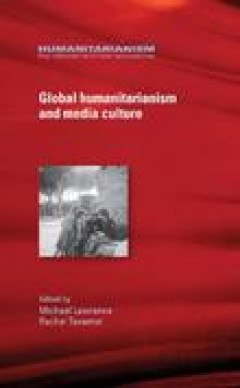
Global humanitarianism and media culture
There is as yet no collection that examines the longer histories of global humanitarianism and media culture, which would enable readers to consider the various continuities, as well as the differences, characterising the mass media’s relationship with international humanitarian crisis and relief. This collection examines this relationship from the 1950s to the present, from Marshall Plan doc…
- Edition
- -
- ISBN/ISSN
- 9781526117298
- Collation
- -
- Series Title
- -
- Call Number
- 306.4 LAW g
 Computer Science, Information & General Works
Computer Science, Information & General Works  Philosophy & Psychology
Philosophy & Psychology  Religion
Religion  Social Sciences
Social Sciences  Language
Language  Pure Science
Pure Science  Applied Sciences
Applied Sciences  Art & Recreation
Art & Recreation  Literature
Literature  History & Geography
History & Geography